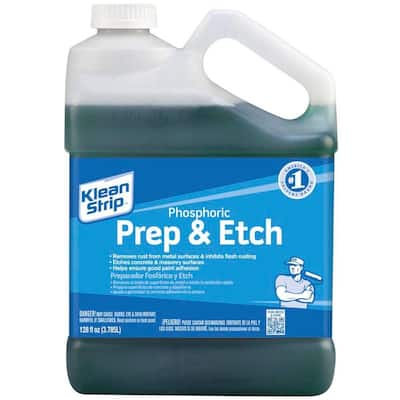You shouldn't have a lot of trouble with the phosphoric acid, but it won't hurt to neutralize it anyway if you want. You do want to dry out the tank very quickly after rinsing/neutralizing though. That is where the alcohol comes in. If you want to neutralize, get a quart of hot water, and add some baking soda AKA sodium bicarbonate. Add enough to make it cloudy but not so much that there is a bunch of undissolved powder at the bottom. After thoroughly rinsing the tank, pour it into the tank and shake it. Rinse with clean water. Drain it as best as you can, and then take a pint of denatured alcohol and pour it in and shake it. Alcohol mixes readily with water so it will combine with the little water left and you can then pour it out. It also evaporates quickly so your tank should be nice and clean and dry after a short time. I blow compressed air through for about a minute and then let it sit for half an hour. You should be ready to use the sealer straight away. If your pin holes are really that - which means tiny - you likely can simply place some tape tightly over the hole (s) on the outside of the tank and use the POR 15. The tape will keep the sealer from leaking out while it cures, and being on the bottom you can orient the tank so the hole(s) are at the low spot after coating the rest of the tank. That way the sealer will end up being thickest over the hole(s). Brazing is of course better, but if you don't want to destroy the paint in the damaged area, and the hole(s) are small, the POR 15 will span the opening. It is super tough when cured.






